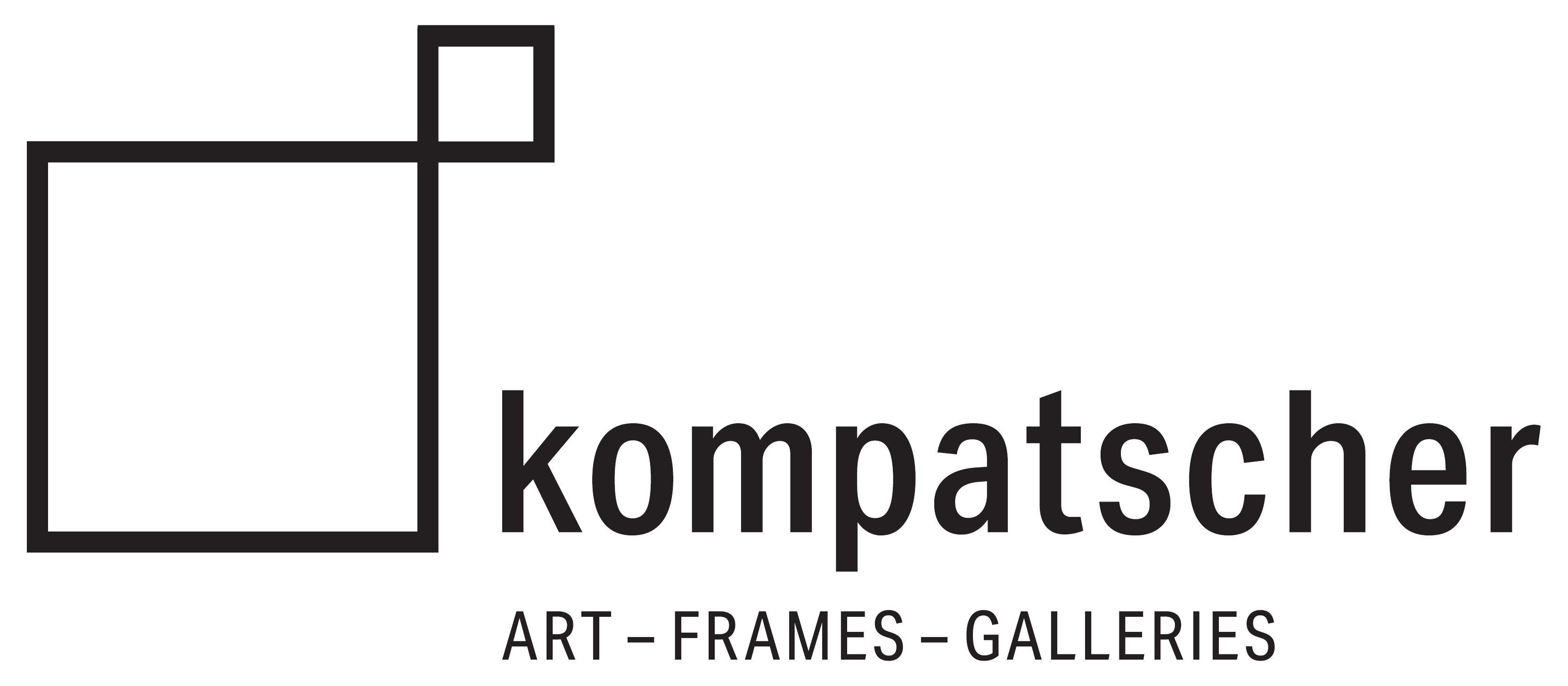Omezzolli Guido
Guido Omezzolli was born in Riva del Garda (TN) into a family of gardeners with whom he has worked since childhood. He attended compulsory school, after which he worked for a telephone company, but that was certainly not his world. He soon returned to his studies, and at the age of 23 he graduated as a private tutor. He continued to work in the nursery, alternating between teaching in primary schools and as a religion teacher at the local vocational school for hotels. In the meantime, he continued to personally study history, art and archaeology and ended up attending the Academy of Fine Arts, scenography course, first in Viterbo and then in Florence, graduating with honours in 1984.
In the same years in Florence, he also obtained a diploma in ceramic restoration at the “Palazzo Spinelli” Institute for Restoration. He immediately started working in this field too. When he returned to Riva in the following years, he alternated his work as a gardener with teaching in middle and high schools. He collaborated with archaeological excavation sites run by the Trento Archaeological Superintendency and founded the “Friends of the Museum” association with the aim of supporting the activities of the Riva museum with studies, research and the collection of finds. At the same time he devoted himself to the creation of ceramics, perfecting various techniques through courses and studies.
In 1988 he moved to Pastoedo in Ville del Monte, Tenno, where he renovated an ancient medieval tower and opened a studio-atelier with the dual activity of artistic research in the field of ceramics and restoration. He opens a restoration company that contemplates not only the recovery of ancient ceramics, but also frescoes and wall paintings in general in collaboration with the Trentino studio of Dr. Mathà. During these collaborations she worked on numerous building sites in important churches, castles and palaces in the region. She has also worked on a number of projects to restore popular frescoes financed by the EEC in the Vanoi Valley, Canal San Bovo and Valle di Non. Once the restoration work is complete, he is also responsible for the study of the frescoes, which has resulted in a number of publications and, more specifically, a number of guide-catalogues, as well as the planning of a ‘laboratory-room of the sacred’, again in the Vanoi.
At the same time as these commitments, he continues to cultivate and develop in small steps his passion for creating artistic ceramics. He started with the traditional majolica technique and around the 1980s he got to know the Japanese technique of raku pottery. This kind of technique particularly struck him because of its numerous antique and at the same time modern effects; he fell in love with this technique because it is not static but rather allows, without falling into the traditional, to research and create “new effects”, thus leaving a lot of room for invention for ever greater artistic growth.
In 1996 he closed his restoration company to devote himself entirely to technical-artistic research using the raku method and primitive kilns and holding courses in collaboration with the Gruppo Arti Visive of Arco and at the Casartisti of Tenno, the Ecomuseum of Orta (TO). In 1995 he held his first personal exhibition at the studio of Dr. Mathà in Trento and in 1999 at the Galleria Civica Rivana “G. Craffonara. He has taken part in numerous collective exhibitions including the biennial painting and sculpture exhibitions “ARTISTI E AMBIENTE ALPINO” held in 1997 and 1999 at the Casartisti di Tenno and Palazzo Trentini in Trento. In February 2000 he presented himself again with a peculiar exhibition on the theme of “earth” in a personal exhibition at the “G. Craffonara” Gallery, which was very successful. In 2001 he presented the theme of “Water”, another element of the raku technique, at Palazzo dei Panni in Arco (in conjunction with an exhibition on “Places and uses of water in the territory of Arco”), and in 2002 at Galleria il Transito (Arco) interpreting the other element of “Fire”. In 2003 he set up an exhibition in an old church on the theme of ‘Air-Spirit’ with a personal opening performance. In 2005 it was the turn of a unique exhibition on the theme of the tree as a living element to be respected in order to tackle ecological problems. In 2005 he developed a new technique which, starting from the basic raku, he modified using primitive kilns to achieve remarkable archaic effects, which were then refined by adding gold leaf; the result is an effect that gives the works an archaeological sense of mystery. With this technique he presented himself in Arco (TN) in 2005 with an exhibition of 100 statues, (some over 2 metres high), in Bern (CH), in Bressanone (2007) and elsewhere, achieving great success with the public.
In August 2008 he presented a unique performance-exhibition (included in “Parallel Events to Manifesta7”) at the hermitage-chapel of S. Maria Maddalena, on the Rocchetta m.te of Riva del Garda, entitled “STORIE DI TERRE”: the chapel was set up with a myriad of menhir-sculptures together with a video showing his fruitful approach to the earth, through the care of the vegetable garden, the working of clay, the archaeological discoveries. He still continues his research activity, experimenting with various techniques using mixtures of clays, engobes, earths and oxides, using a self-made ecological wood-fired kiln (with the collaboration of G. Crippa).
At the same time she continues her exhibition activity, also abroad, alternating work in her garden-garden-workshop……in the shadow of the tower overlooking the lake.

